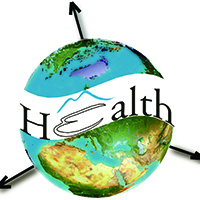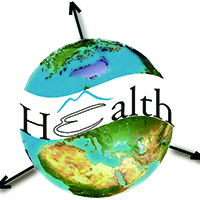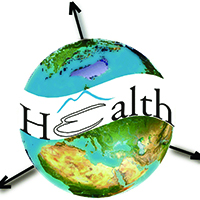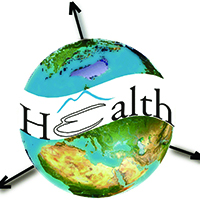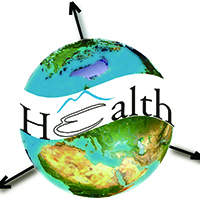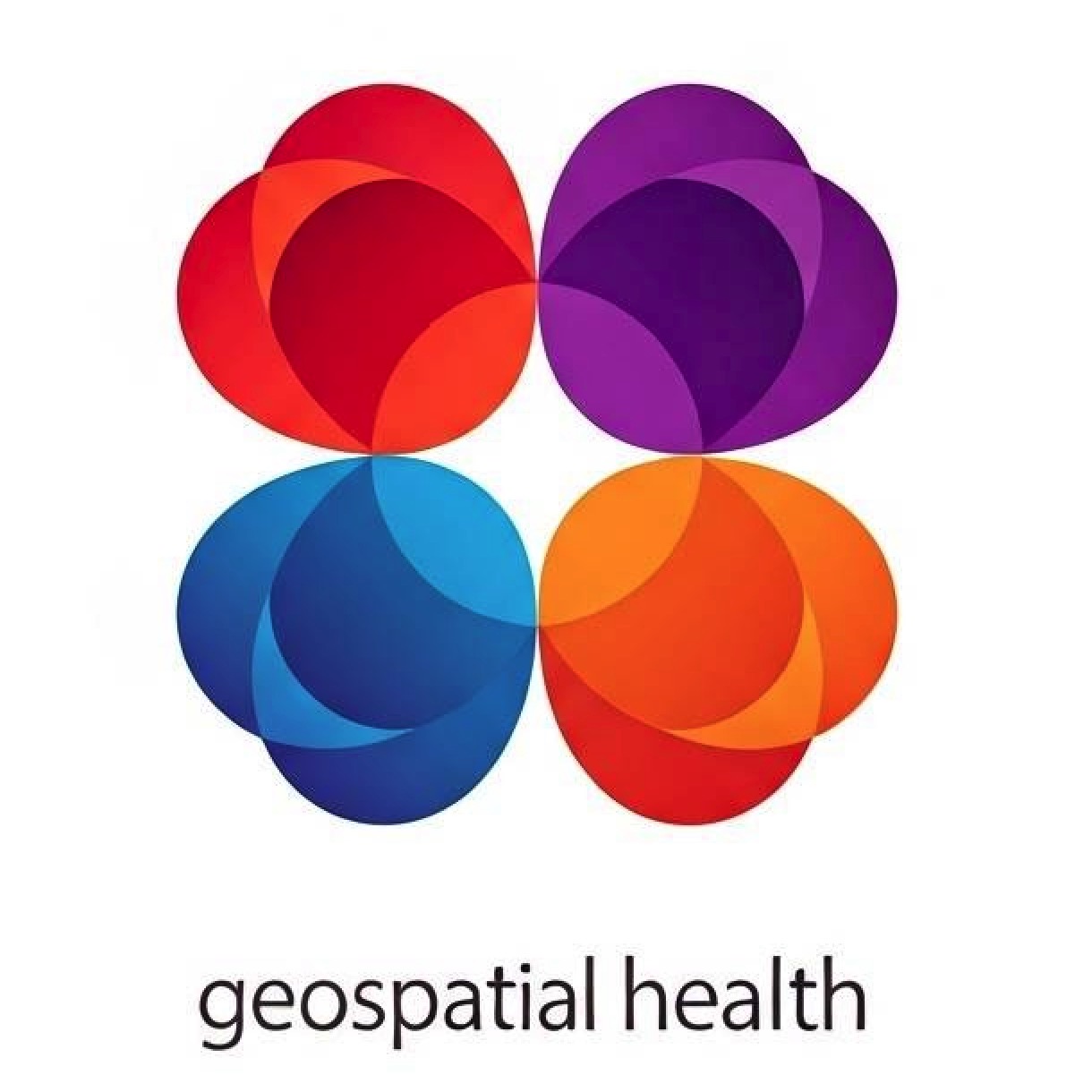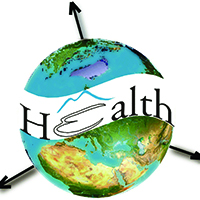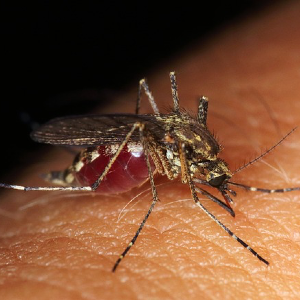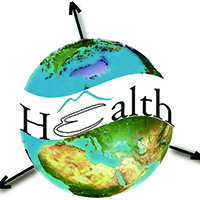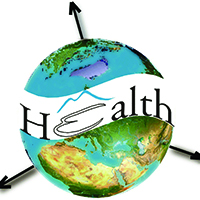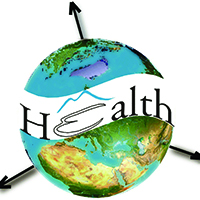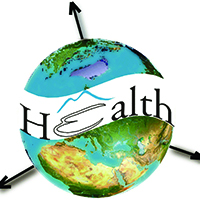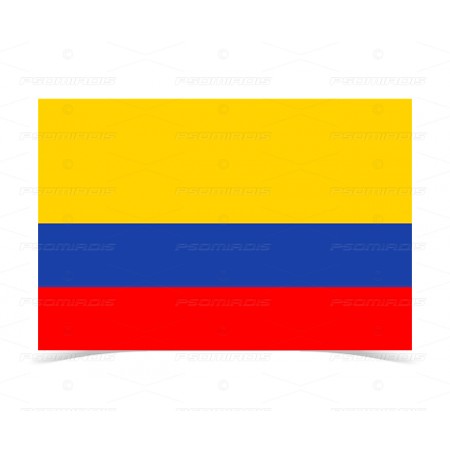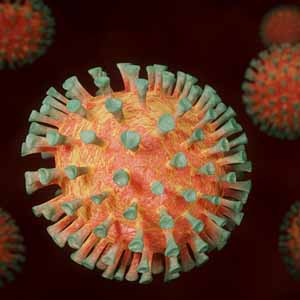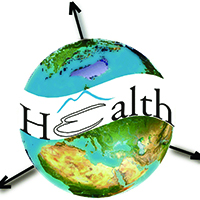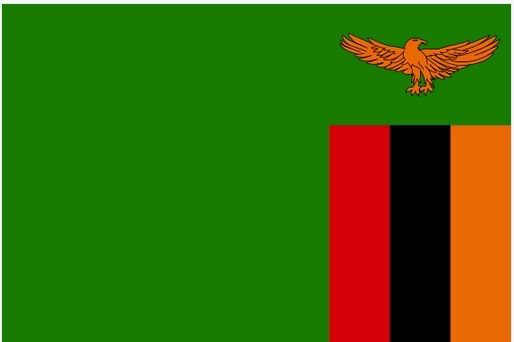FOR AUTHORS
Search
Search Results
##search.searchResults.foundPlural##
-
-
Spatial air pollution modelling for a West-African town
3490PDF: 1404SUPPL. MATERIAL: 395HTML: 1078 -
COVID-19, air quality and space monitoring
1449PDF: 413HTML: 20 -
Ecological characterization of a cutaneous leishmaniasis outbreak through remotely sensed land cover changes
1486PDF: 691Appendix: 104HTML: 30 -
Assessing the effects of air temperature and rainfall on malaria incidence: an epidemiological study across Rwanda and Uganda
5927PDF: 2099Appendix: 547HTML: 3239Appendix: 197 -
Spatial pattern evolution of Aedes aegypti breeding sites in an Argentinean city without a dengue vector control programme
3662PDF: 1267APPENDIX: 479HTML: 1533 -
Estimating malaria burden in Nigeria: a geostatistical modelling approach
7023PDF: 2867HTML: 3246 -
A post-pandemic analysis of air pollution over small-sized urban areas in southern Thailand following the COVID-19 lockdown
143PDF: 28Supplementary Materials: 4 -
Spatial autocorrelation and heterogenicity of demographic and healthcare factors in the five waves of COVID-19 epidemic in Thailand
1147PDF: 645Supplementary Materials: 89HTML: 22
1 - 73 of 73 items








